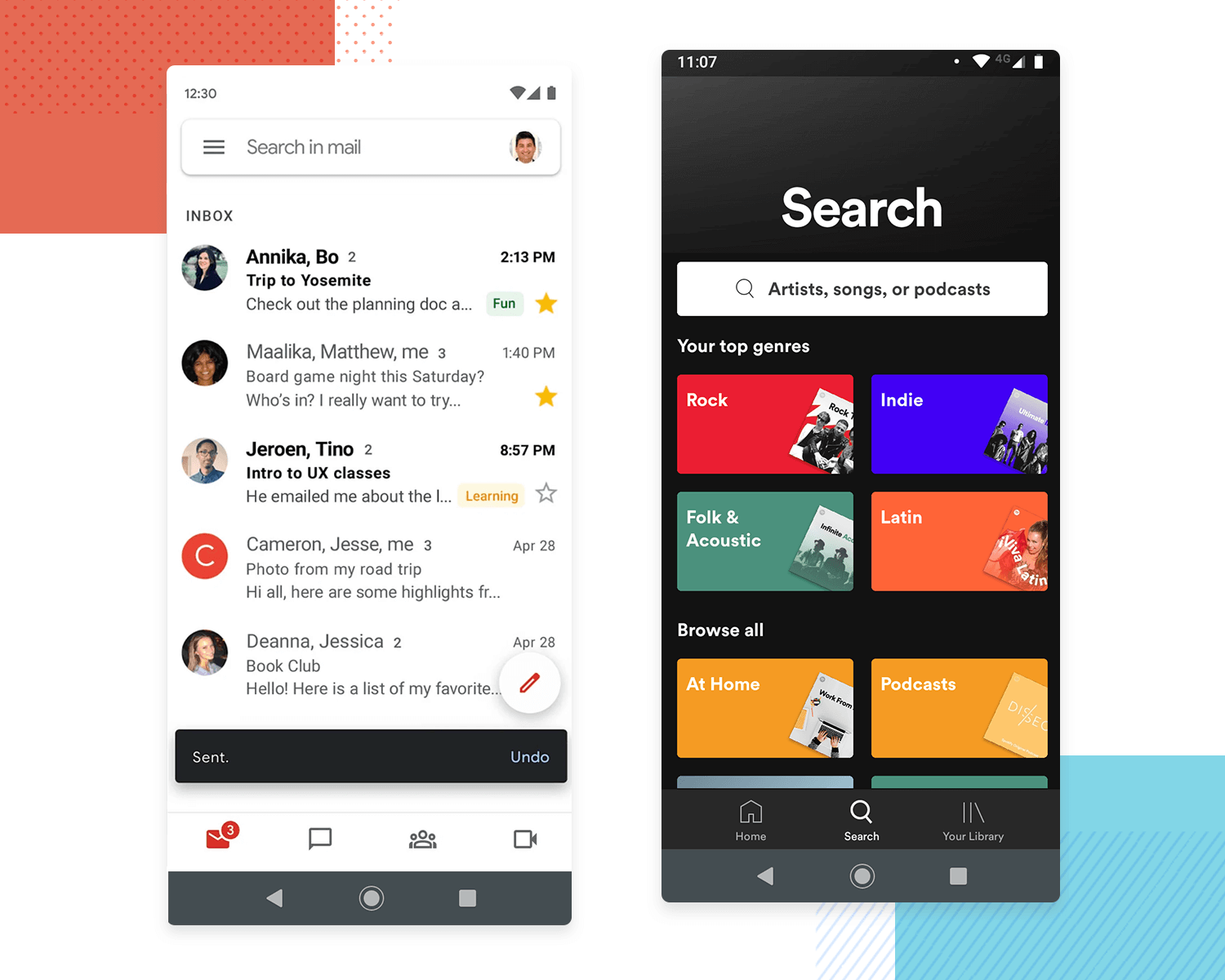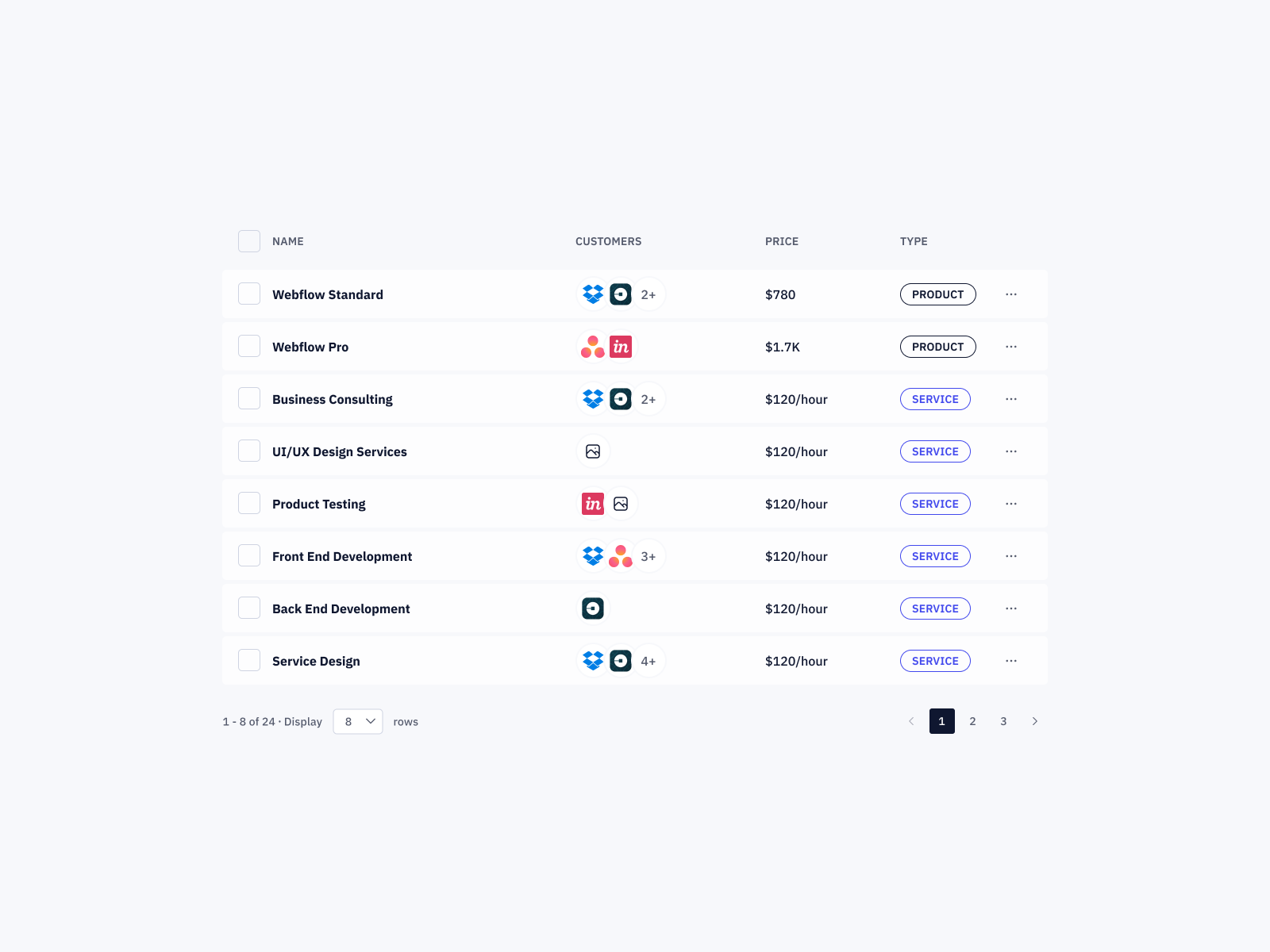Table Of Content

When we think about user interfaces, our minds usually go to websites, mobile apps, and desktop programs. But design is one of the most important things you can use to make a compelling user experience. So if you're planning to develop a product, it's essential to consider the technical and visual aspects. The first step is to realize that all UX roles exist to serve the design process. So, a great way for us to understand them is to examine how they contribute to the design process. We perform a whole slew of UX tasks as we go through a design process to create a final design.
Product Designers Are Also Known As…
Wireframes play a critical role in the UX design process by serving as a blueprint for the layout and functionality of a website or application. Designers create wireframes in the early stages, typically during or right after the ideation phase. These wireframes provide a clear, visual structure of the user interface before any detailed design or development begins.
Create designs your customers (truly) love
For example, when designing a checkbox, you need to make sure that it looks like the previous checkbox your users have already encountered. Making the most out of light and shadows is another one of essential UI Design principles. Knowing how to play with light and shadow allows you to add depth to your screens and breathe more life into the interactions. So, when designers use shapes wisely, they’re not just making things look good – they’re telling a visual story that users can understand and connect deeply with.
What Tasks Will You Perform as a Visual Designer?
UX designers typically use progressive disclosure to guide users through a multi-step process, providing the right amount of information to make clear choices at each step. UI designers can borrow this approach to prioritize what to include in UI—and what to exclude. "Too many features can be overwhelming, especially when there are many decisions to make," explains Tom. Like graphic designers, digital designers often play with the scale, weight, and color of fonts and other visual elements—but Tom encourages practicing restraint where possible. "How can you draw attention to the most important elements without introducing too many differentiators? Can you establish hierarchy using only space?" he asks. Functionality reigns supreme in minimalist design, with every element serving a purpose.
Hick’s Law: Making the choice easier for users
Stephen Gay is the UX Lead of Google AdWords, and he recommends that you choose your design role based on your passion and skills. When you use these methods, you can accurately assess the effectiveness of a UX design process. Decide what aspects of the product you need to test, such as the effectiveness of its navigation or the clarity of its content.
Occam’s Razor: The simplest solution is always the best
In the third lesson, you’ll learn best practices for designing with type and how to effectively use type for communication. We’ll provide you with a basic understanding of the anatomy of type, type classifications, type styles and typographic terms. You’ll also learn practical tips for selecting a typeface, when to mix typefaces and how to talk type with fellow designers. Unity in design principles refers to the cohesive arrangement of elements that ensures all parts of a composition work together harmoniously.
What Tasks Will You Perform as a UX Unicorn?

A 'clear' user interface means the next step isn’t just obvious—it’s also easy for the user to complete. “Many users depend mostly or entirely on mobile access; optimize the UI for the strengths of each device. Size matters a lot in UI design, especially when establishing visual hierarchy. So, as a designer, try to make important things (like headlines or CTAs) bigger and bolder.
Step 7: Launch
Lastly, ongoing feedback from real-world use after product launch can offer additional insights into the UX design’s effectiveness over time. Continuous improvement based on this feedback can lead to lasting success. When remote UX design teams integrate these strategies, they can maintain productivity, foster collaboration and deliver successful projects.
Five books on UI/UX design - Deccan Herald
Five books on UI/UX design.
Posted: Fri, 26 Jan 2024 08:00:00 GMT [source]
Where do designers learn to improve their UI designs?

Emphasis in design principles refers to intentionally highlighting specific elements to draw attention and create a focal point. By manipulating contrast, color, size, or placement, designers can guide the viewer's eye to the most crucial parts of a composition. Emphasis ensures that certain design elements have more visual weight, allowing them to stand out and capture interest.
You need to learn how quickly and easily your users progress through different tasks, any common issues they encounter, and their needs for customization and efficiency. These learnings come from product experience insights, which reveal how frustrated, satisfied, confused, or delighted users are throughout their product journey. You can also use the Feedback tool to learn what your users think about the page they’re on. They start by rating their experience on a scale, followed by an option to leave written, open-ended feedback.
This way, you can easily convey what the tab represents to your users. Compelling messages can be defined as messages that convince users to interact and use a product or website. They can make users want to use a product, or they can make users want to share information about products. Balance the hierarchy means placing elements evenly around the page.
Symmetrical design offers more balance, distributing elements on either side of an imaginary central line. All pieces of design carry weight, which can be held in the size, quantity, texture, or color of objects. These rules work behind the scenes to make sure a design is stable, balanced, and successfully delivers its message. Art provides us with something gorgeous to look at—good design does this while serving an additional function.
This can be easily achieved by applying visuals – eCommerce websites are especially good at customizing user experiences. But if you have a normal website, adding navigation options like buttons “Proceed” or “Go Back”, an option to return to the Home page, arrows, etc. will pretty much be all you need. The key to minimalism and Less is More is to keep things as simple as possible. This means you should avoid using too many visual elements, especially ones that suit no purpose in terms of functionality.
First, utilize collaboration tools such as Slack for communication, Figma or Adobe XD for design sharing, and Asana or Trello for project management. These tools allow team members to communicate in real-time, share progress, and track tasks efficiently. Before you begin designing or defining the problem, gather extensive data on the user environment, behaviors and expectations. This research forms the foundation of informed design decisions and reduces the risk of costly revisions later on. If you need to cover more ground and want to elevate your skills, we highly suggest checking out our UI Design Mastery Bundle.
In fact, according to Google, if the mobile version of your app/website is difficult to navigate more than 60% of your visitors will abandon it. If a longer wait is absolutely necessary, let your users know how long it’s going to take by using the progress gauge. If they are to fill out a long, multi-page form, inform them of their progress and how many steps are ahead of them. For example, the headline of this blog – The Core UI Design Principles – requires much more attention than the text you’re reading concurrently. Therefore, the headline, as primary information, is emphasized the most.
In other words, UX designers participate in all 5 phases of the design thinking process. Why do we go through this seemingly roundabout way to understand UX roles? Well, it’s because it’s important to see the big picture—this way, when a new job title pops up, you’ll be able to understand it in the context of the design process.


No comments:
Post a Comment